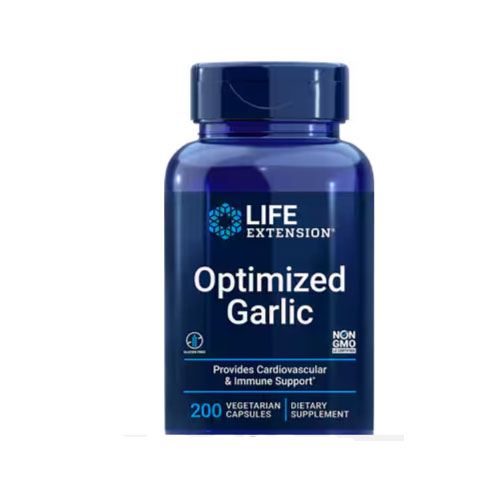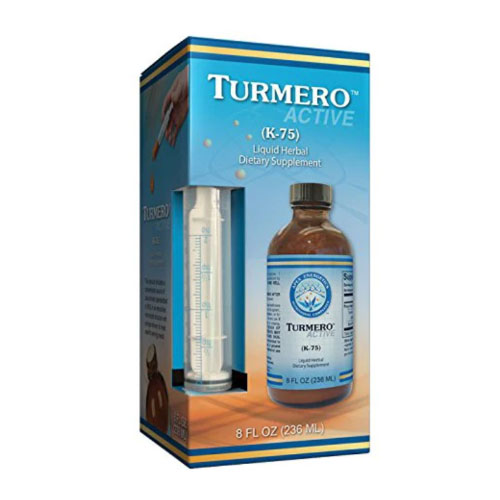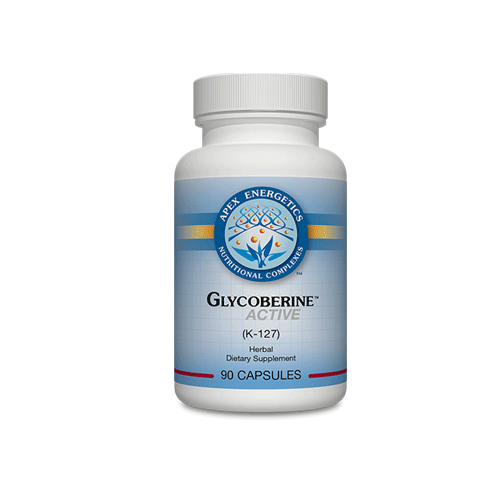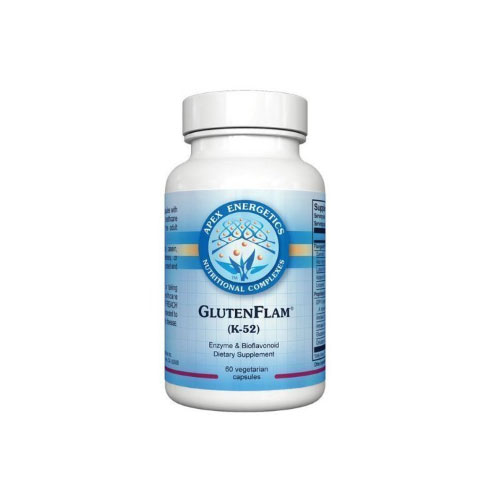Vitamin D (cholecalciferol) is a fat soluble vitamin formed in skin from exposure to sunlight. It enhances the absorption of calcium from the intestine and utilization of calcium and phosphorous ensuring adequate levels to support the constant breakdown and rebuilding of bone tissue. (1)
Vitamin D is converted in liver to 25 OH Vitamin D 2(calcidiol) by Vitamin D 25 hydroxylase. 25-OH D 2 is then converted in the Kidney from 25 (OH) D to its most active component 1,25 OH Vitamin D3 (calcitriol) by 25 OH Vitamin D 1 alpha hydroxylase.
In addition to osteoclast maturation for bone restructuring, Vitamin D3 decreases parathyroid hormone (PTH), controls inflammatory compounds, regulates immune health, blood pressure, reduces arterial hardening and modulates transcription of genes. (2)
Vitamin D receptors are present in bone, intestine, brain, breast, prostate and lymph glands. It is taken up by cells with Vitamin D 1 hydroxylase to make its own D3 in the breast, brain, adrenal medulla, prostate, skin, lymph nodes, colon, and pancreas.
Vitamin D therapeutically mitigates cardiovascular disease, hypertension, diabetes, osteoarthritis, multiple sclerosis, seizures, migraines, polycystic ovaries, musculoskeletal pain, auto immune disease management, fibromyalgia, cancer prevention and treatment. Individuals taking Vitamin D supplements had a 7% lower risk of death from all causes than those who did not. (3)
Vitamin D deficiency is associated with rickets in children and osteomalacia (bone softening) in adults. Associated symptoms in children include irritability, restlessness, fitful sleep, persistent crying, perspiration behind the neck in babies, delayed tooth eruption, a soft skull, bowed legs, knock knees, chest depressions and delayed walking. (4)
In adults Vitamin D deficiency results in secondary hyperparathyroidism, increased bone loss, osteoporosis, increased frailty and fracture risk.
On average, an individual has double the risk of myocardial infarction with a blood level
Vitamin D deficiency is a direct cause of congestive heart failure and congestive heart failure patients have low Vitamin D levels.
Blood pressure tends to be higher in individuals living in northern, cold climates. Exposure to ultraviolet light 3 times/week results in an average increase in Vitamin D by 162% and a reduction in blood pressure.
Peripheral arterial disease (PAD) is 64% more prevalent in those with low Vitamin D. For every 10 ng/ml drop, the risk of PAD increased by 29%(7)
Low D interferes with insulin secretion resulting in increased insulin resistance and Beta cell dysfunction. Administering Metformin (first line diabetes medication) increases insulin sensitivity 13%. Administering Vitamin D increases insulin sensitivity 60%
Progression of arthritis is slowed with adequate D. The risk of falling in seniors is reduced by 20%. (6)
Multiple Sclerosis is rare in sunny climates. Adequate sunlight or 5000 IU/d of D3 reduces multiple sclerosis exacerbations.
55% of patients with Parkinson’s disease (versus 36% in a controlled, healthy group) are Vitamin D deficient. (8)
400-800 IU daily improves mood and lessens depression. Low levels of Vitamin D (14% below normal) combined with high levels of parathyroid hormone (5-33% higher) results in high rates of depression.
Epileptic seizures are often a first sign of Vitamin D3 deficiency.
Ant-epileptic medications can cause D deficiency. 4000-16000 IU of Vitamin D increases the electrical threshold for seizures reducing their frequency.
Vitamin D decreases the frequency, duration, and severity of menstrual migraine headaches. Dose is 1200 mg calcium, 1200-1600 IU Vitamin D.
1500 mg calcium, 50,000 IU D weekly normalizes menstrual cycle and fertility in 3 months and affords relief from Polycystic Ovary Syndrome.
83% of patients with chronic low back pain are Vitamin D deficient. Treatment is 5000-10,000/d for 3 months
Vitamin D has a neurotransmitter function which augments the immune system.
Vitamin D deficiency is prominent in auto immune diseases like Grave’s Disease, ankylosing spondylitis, rheumatoid arthritis, and systemic lupus erythromatosis.
Serum inflammatory marker interlukein 6 (IL-6) is low with deficient Vitamin D3 and c-reactive protein is elevated.
50% of fibromyalgia patients are Vitamin D deficient.
Poor exposure to sunlight predisposes to breast, colon, ovary, prostate, bladder, kidney, esophogus, lung, prostate, rectal, uterine, non-hodgkins lymphoma, and stomach carcinoma. Adequate light would save 23,000 cancer lives/yr.
Topical Sunscreen blocks 97-100% of Vitamin D production.
Optimal blood levels of 25 (OH) D3 are 50-80 ng/ml. < than 20 ng/ml indicates a Vitamin D deficiency. 20-40 ng/ml is insufficient Vitamin D, and toxicity can develop when it exceeds 80 ng/ml.
36% of all Americans age 18-29, 42% of African American women age 15-49, 41% of patients age 49-83 are vitamin D deficient. (9)
25 OH D can be normal with hypercalcemia and warrants weekly and monthly moderating when using high doses.
Some individuals with high parathyroid hormone, certain cancers and the granulomatous diseases sarcoidosis, Chron’s disease, and tuberculosis can exhibit Vitamin D toxicity.
Vitamin D is administered in the D3 form. The dose is titrated to raise the blood level to 50 ng/ml at 1000 IU per 10 ng/ml deficient. Usual doses range from 2000-5000 IU/day. Twenty minutes of sunlight produces a burst of Vitamin D activity in the skin equivalent to 10,000-25,000IU.
Dietary sources of Vitamin D include cod liver oil, liver and egg yolks. Cereals and margarine are often fortified with Vitamin D.
Vitamin D interacts with antacids, magnesium, and diuretics.
- Anti-Aging Desk Reference 2010, Physicians Guide To Ant-Aging and Regenerative Medicine, 2010; (1)681.
- Semba, RD et al. “Low serum 25 hydroxyvitamin D concentrations are associated with greater all-cause mortality in older community-dwelling women.” Nutrition Research, 2009 Aug;29(8):525-530.
- Giovannucci,Edward” Can Vitamin D Reduce Total Mortality?,” Archives of Internal Medicine, 2007;167:1709-1710.
- Aging Desk Reference 2010, Physicians Guide To Ant-Aging and Regenerative Medicine, 2010; (1)682.
- Pilz, et al, “Vitamin D and Mortality in Older Men and Women,” ClinicalEndocrinology;Volume71, Issue 5November 2009: 666-672.
- Bischoff-Ferrari HA, et al. “Effect of Vitamin D on falls:a meta-analysis.” JAMA. 2004;291:1999-2006.
- Melamed ML, et al. “Serum 25-hydroxyvitamin D levels and the prevalence of peripheral arterial disease: results from NHANES 2001 to 2004. Arteriosclerosis Thromb Vasc Biol. 2008;28:11179-1185.
- Evatt, M, et al.”Prevalence of Vitamin D deficiency in patients with Alzheimer’s Disease and Parkinson’s Disease.” Archieves of Neurology, 2008;Oct;65(10):1348-52.
- Holick, MF. High Prevalence of Vitamin D Inadequacy and Implications for Health., Mayo Clinic Proc. 2006;81(3):353-373.





